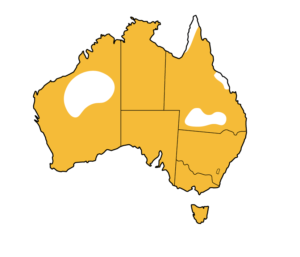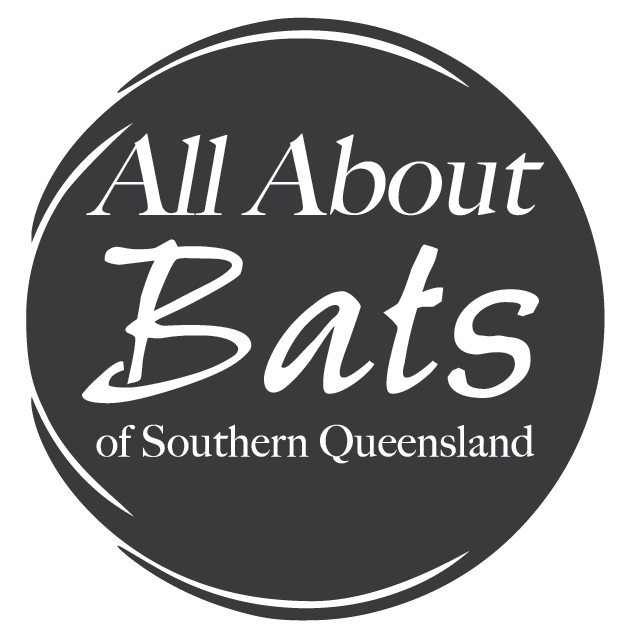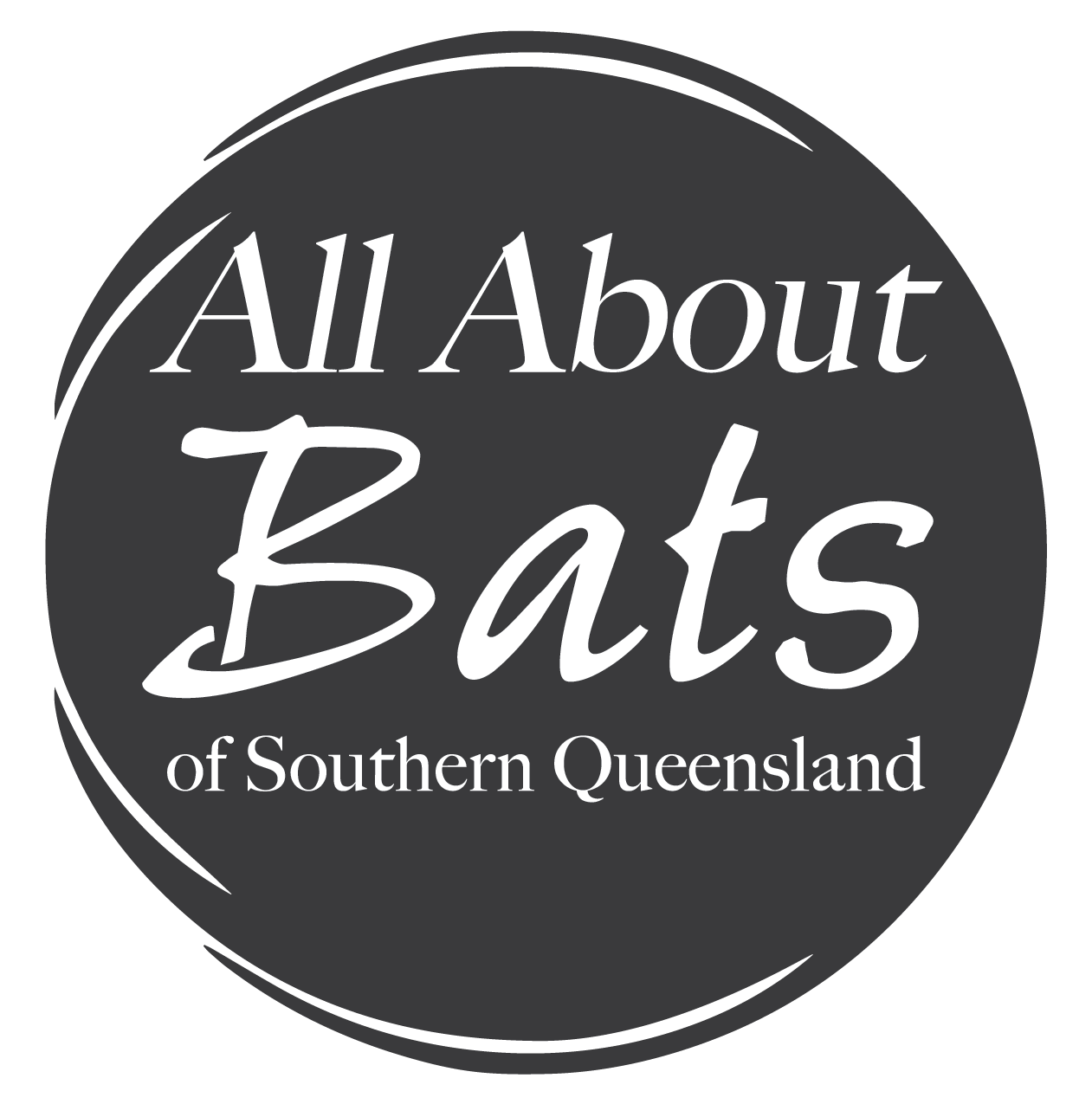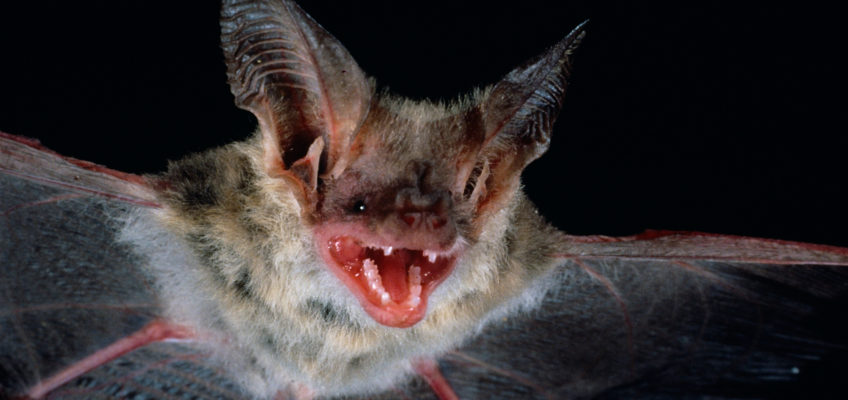Nyctophilus geoffroyi
This is the most common species of Nyctophilus in Australia. They have light grey, bicoloured fur (darker at the base) on their back and almost white fur on the belly. They have very long ears up to 25 mm long and can be identified by the distinctive ‘Y-shaped’ groove behind the noseleaf.
 Habitat
Habitat
Found across Australia, except for coastal Queensland, in a range of habitats from arid desert to forest, agricultural and urban areas. They roost generally roost alone, or up to three individuals, in crevices, under lifting and peeling bark, in tree hollows and in buildings. Maternity colonies can get up to 15 females with a single male. These species tend to fly close to vegetation and into the understorey as they feed on moths, crickets and grasshoppers.
Breeding
Females usually give birth to twins in late October and November.
Predators and Threats
Owls, hawks and cats. Loss of tree roosts, land clearing.
Photo: Les Hall
Sources:
Churchill, S. (2008) Australian Bats (2nd Edition). Allen and Unwin, Sydney.
Hall, L. (2009) Bats, A Wild Australia Guide. Steve Parish Publishing, Queensland.
Atlas of Living Australia


